Blog
How to Record Saxophone – Full Guide and Tips for at Home or in the Studio
9 May '2024
Discover how to record saxophone at home or in the studio, and some tips for getting the most out of your performance

When it comes to recording live instruments, they each have their own quirks and nuances. Whether you’re recording for yourself at home, or working as a recording engineer in the studio, it’s worth brushing up on the tricks of the trade if you want to know how to record saxophone to a high standard.
In this article, we’ll cover some useful advice for those looking to take a foray into saxophone recording.
How to record saxophone
Let’s take a look at three of the key considerations to make when preparing to record saxophone at home or in the studio.
Room and space considerations
The effect a recording space can have on the quality of a recording is an often overlooked facet of capturing quality audio. A room’s size, shape, boundary material and acoustic treatment all play into how a space will sound. The science behind this is a little too technical for the scope of this article, but we’ll highlight some of the basic concepts below.

Small, square rooms with solid boundaries tend to be less than ideal recording spaces. This is because soundwaves can bounce around in unwanted ways, creating phase issues, room resonances and interference in your recording.
Acoustic treatment solutions such as diffusers, absorption panels and bass traps can slightly improve things, but ideally, you should record your saxophone in a large, rectangular room. If you’re recording at home and your studio is just an empty shoebox with a desk and a laptop, consider recording in a larger room with soft objects, such as a bedroom or lounge.
If your recording space is sub-optimal, even the most expensive microphones are going to produce poor-quality recordings.
Mic selection
To all intents and purposes, there are two main microphone types to choose from. Both microphone types are suitable for recording saxophones, but it’s worth considering their strengths and weaknesses before deciding which to record with.
Dynamic microphones are popular in the world of live music and performance due to their sturdy construction and lower sensitivity. This might make them a suitable choice if you’re recording a saxophone in a live or busy environment, or if you’re recording in a less-than-ideal space with lots of room or background noise.
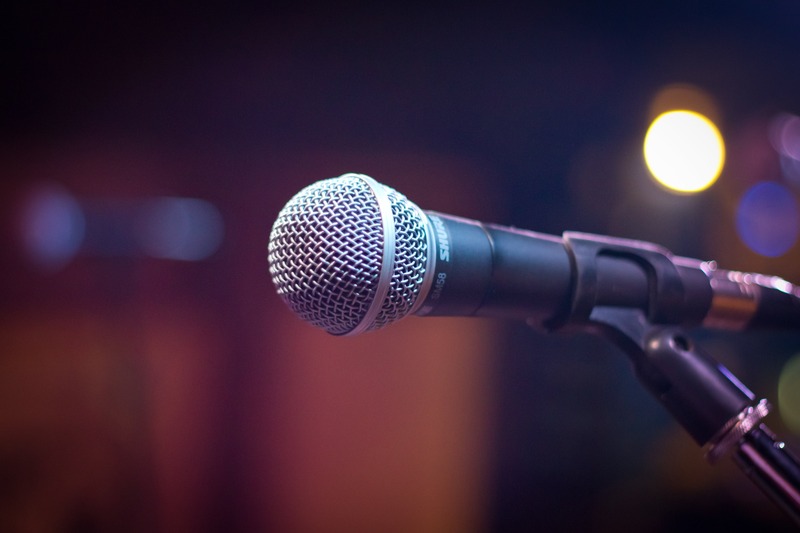
Condenser microphones tend to be much more sensitive, but can often be more transparent in the upper-frequency ranges. For this reason, they may be more capable of capturing the raspiness that is inherent in brass instruments such as saxophones.
If you only have one microphone, then that’s the best microphone to record your saxophone with. If you have multiple mics, take some sample recordings and listen back to them to try and understand how accurately they represent the source signal.
Mic positioning
When deciding where to position your microphone when recording saxophone, there are two main variables to consider. The first is where to position your microphone in relation to your recording space, the second is where to position your microphone in relation to your saxophone.
Depending on your recording space, you may not have a lot of microphone positioning options. If possible, it’s good practice to avoid placing the microphone in the centre of a square room, as this is likely to accentuate any potential phase issues.
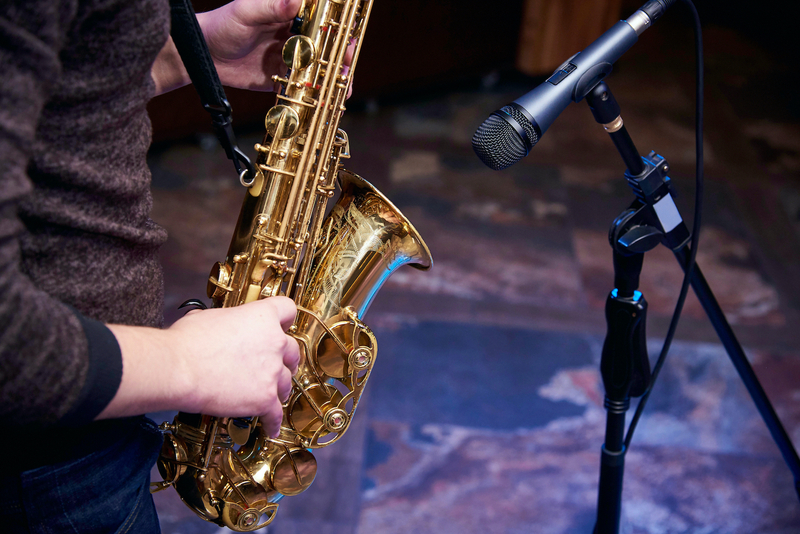
Wherever you decide to position your mic, you should use a good-quality microphone stand. Holding your microphone or balancing it somewhere precarious can result in noisy or inconsistent recordings, or could even damage your equipment.
In terms of where on the saxophone to position the mic, start with the microphone slightly above the bell as this is likely to give the most balanced sound. You can move the microphone slightly lower, pointing into the bell for a brighter sound, or pointing higher up the saxophone for a fuller sound.
With your microphone set up, you can move on to positioning your saxophone. Playing too close to your microphone may introduce the proximity effect which emphasises the low end of your saxophone. Recording too far away might introduce more bleed from unwanted external noises. It’s easier to hear these differences in microphone position than to read them though, of course…
A good rule of thumb is to start recording from around 20cm from the bell of your saxophone, moving slightly closer if you want to increase the low-frequency (aka bass) response, or further if you want to introduce some room noise.
Saxophone recording tricks and tips
To record your saxophone, you’re probably going to need a Digital Audio Workstation or DAW. The best DAW for recording saxophone is the one you feel most comfortable using. If you don’t have a DAW, there are free options available such as Tracktion Waveform Free or Audacity.
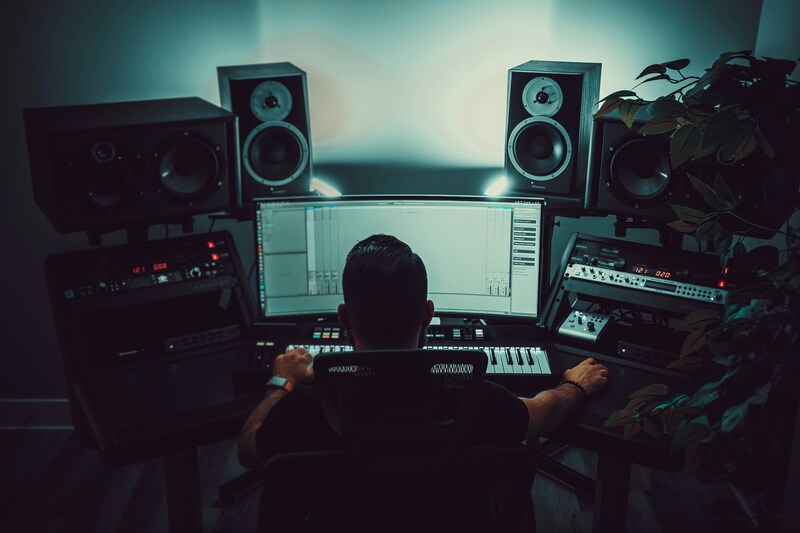
In terms of DAW settings for recording saxophone, generally it’s advisable to record at a sample rate of 44.1kHz or 48kHz, and a bit depth of 16 or 24-bits. If you are recording saxophone for someone else though, it’s worth confirming with them if they have a preferred recording format.
Once your DAW is set up to record, you can check the gain levels going into your audio interface and your DAW. Adjust the input gain on your audio interface to ensure that neither your interface or DAW is going above 0dBFS and clipping, as this can cause unwanted distortion in your signal.
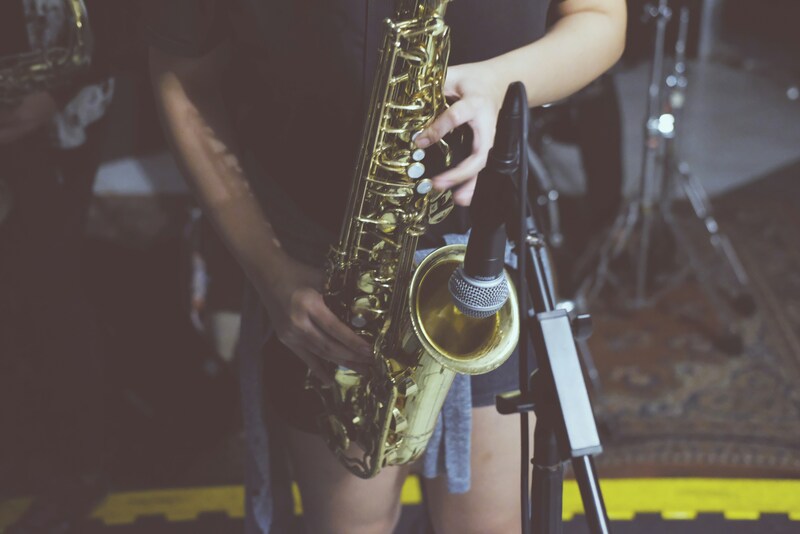
Similarly, if your saxophone is recorded at too low a level you’ll have to digitally increase the volume in your DAW afterwards. This will also increase the level of the noise floor and any other unwanted extraneous noises that might end up in the recording. As a rule of thumb, you should try to set your input gains so that your saxophone is peaking no higher than -18dBFS.
Getting saxophone without recording – using Loopmasters samples
There are countless circumstances where it might be more appropriate to use pre-recorded saxophone samples instead of creating original saxophone recordings.
Maybe you’re looking for a very particular tone of saxophone or style of performance that you’re not able to replicate at home. You may want to include a brass or sax ensemble into your production as opposed to a solo recording, which is pretty tricky to do with only one saxophone. Or, perhaps your neighbours have very sensitive hearing.
Finding saxophone samples from Loopmasters
In any case, Loopmasters has produced and distributes a huge number of professional-grade royalty-free samples that include all manner of sounds and instruments, including saxophone. No matter the style or genre you’re working with, there’s a saxophone sample pack that is suitable for the job.
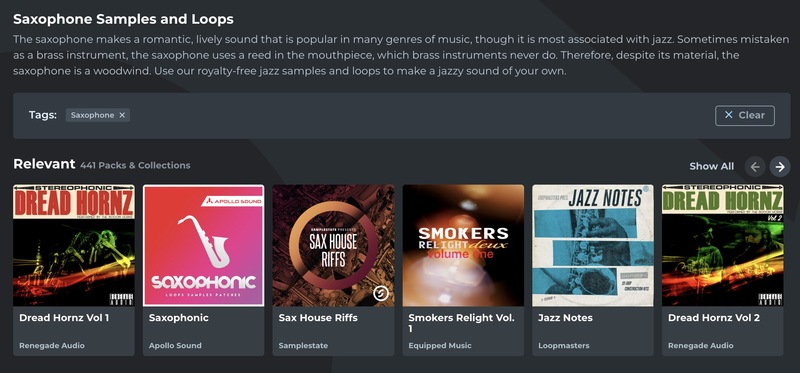
Famous Audio’s Live Series: Sax Sounds pack contains hundreds of pre-mixed saxophone samples that cover a range of genres from Disco to Blues. If you’re looking for a more contemporary vibe of saxophone sample, Apollo Sound’s Saxophonic might be more your cup of tea.
For the house-heads among us, all of your House sax needs are covered with the likes of Samplestate’s Sax House Riffs pack. Alternatively, Loopmasters’ Jazz Notes pack contains a range of Jazz-focused one-shot samples and loops, including over 400 saxophone samples.
If you’re looking for a single sample rather than an entire pack of saxophones, you can search through Loopcloud’s library for the perfect sample. You can filter by tempo and key, and you can even preview tempo and key-matched samples within your DAW’s project.
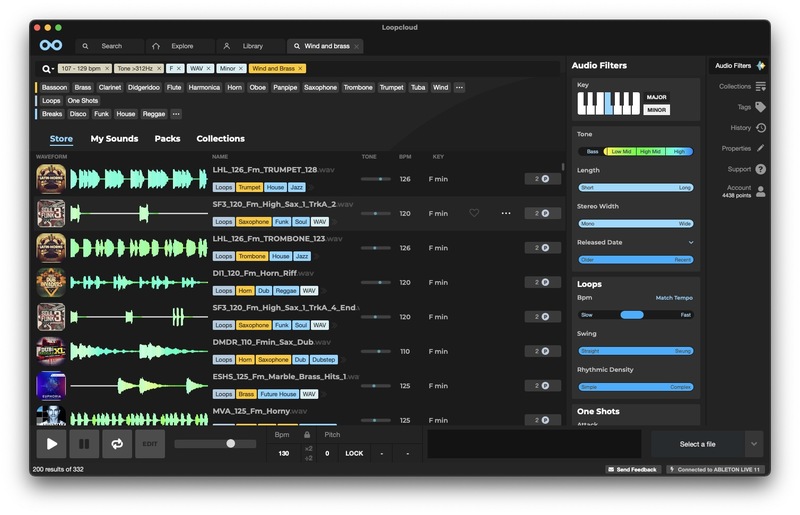
For a funky dusty brass vibe, there’s the Vintage Horns pack from Frontline Producer. The pack features a huge bank of saxophone samples that include Alto, Baritone and Tenor sax multis, perfect for capturing a brass ensemble vibe in your productions.
You can try Loopcloud for 14 days completely free, or there are three subscription tiers to choose from. Signing up to Loopcloud grants you immediate access to four million sounds, cloud storage and the Loopcloud Drum and Play plugins.
FAQs
How do I record a saxophone?
To make high-quality saxophone recordings, choose a recording space with little external noise and ideally some acoustic treatment. You can use almost any type of microphone by placing it around 20cm from the bell of the saxophone. Try experimenting with microphone choice and placement as well as saxophone positioning to see how these factors affect your recording.
What equipment do I need to record a saxophone?
To record saxophone, you’ll need a saxophone, a suitable microphone such as a dynamic or condenser mic, an audio interface and a cable to connect your microphone to it, a computer and a Digital Audio Workstation or DAW.
How do you mic a saxophone for live performance?
When micing a saxophone for live performance, it’s advisable to use a dynamic microphone rather than a condenser microphone. Dynamic microphones are generally of stronger construction and have a lower noise sensitivity, thus making them less susceptible to mic bleed. There are also specialist saxophone microphones that clip onto the saxophone and move with the player and their instrument.

